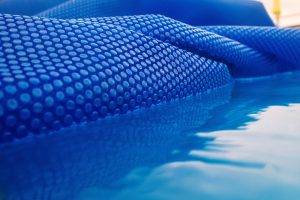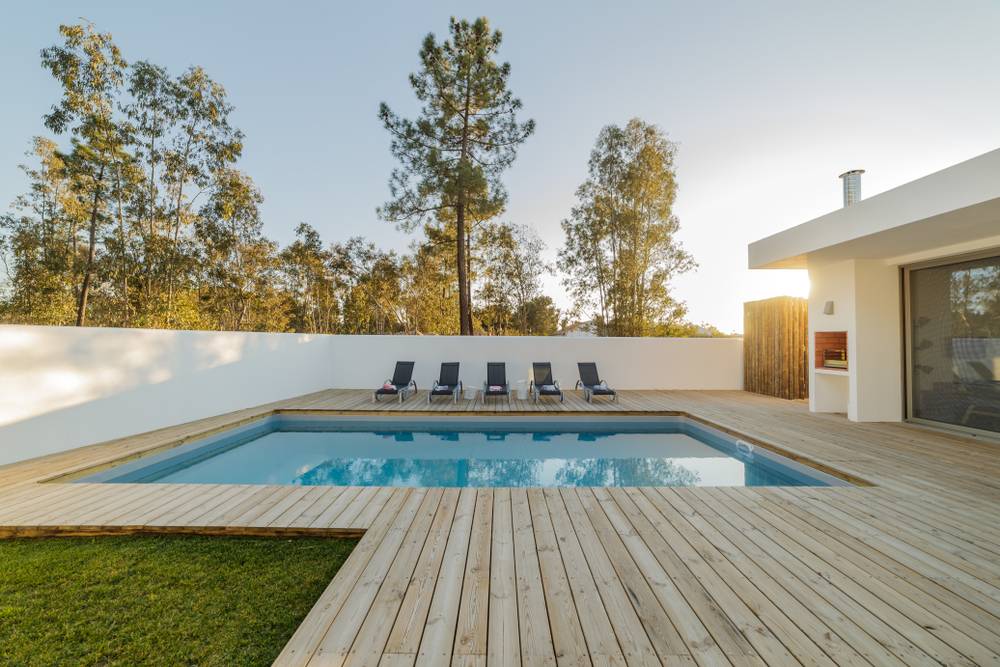I take care of my own pool and try to get advice and information from different places. i use 3 inch tabs in a chlorinator. the local pool store recommends doing one bag of shock each week to help with the chorine levels adn then do a good shock once a month (hot weather in houston means we are always in the pool).
when i just got my pool resurfaced i was asking questions and this pool company uses the tabs and then does liquid chlorine once a week to help with the chlorine levels. While researching i keep seeing don't mix liquid and tabs. Trying to get more info. any ideas?
when i just got my pool resurfaced i was asking questions and this pool company uses the tabs and then does liquid chlorine once a week to help with the chlorine levels. While researching i keep seeing don't mix liquid and tabs. Trying to get more info. any ideas?






